Protecting Your Flock: Insights on Predator-Proofing

Protecting your poultry is paramount for any backyard farmer or homesteader. Predators, large and small, pose significant risks to the safety and well-being of your flock. This article explores how ZiDtia Coops serve as a robust defense against medium-sized predators and acknowledges the limitations of physical barriers against larger animals like bears and smaller ones like snakes. We’ll also offer insights into additional strategies to enhance your flock's safety.
Identifying Common Chicken Predators
Understanding the variety of predators that might target your chickens is the first step in defense. While ZiDtia Coops are designed to thwart medium-sized predators effectively, recognizing the capabilities of both larger and smaller threats is crucial.
The Challenge of Medium-Sized Predators
Medium-sized predators such as raccoons, foxes, and coyotes present a significant threat to backyard chickens. These predators are known for their cunning, agility, and sometimes sheer strength.
Understanding Predators' Abilities
Each predator comes with a unique set of skills and behaviors that can endanger your flock. From the dexterity of raccoons to the digging prowess of foxes and the pack hunting of coyotes, being informed is your first line of defense.
ZiDtia Coops: Your First Line of Defense
ZiDtia Coops are engineered with these medium-sized predators in mind, incorporating features like sturdy iron construction, secure latching mechanisms, and reinforced entry points to keep your chickens safe.
Limitations of Physical Barriers
While ZiDtia Coops provide substantial protection against many threats, they, like all physical structures, have limitations against the extreme ends of the predator size spectrum, such as bears and snakes.
Enhancing Protection Against Medium Predators
Beyond the coop itself, implementing additional strategies like secure fencing, predator guards, and environmental modifications can fortify your defenses against medium-sized predators.
The Role of Environment in Predator Deterrence
Utilizing the natural terrain and making strategic choices about coop placement can play a significant role in deterring predators from targeting your flock.
Behavioral Deterrents: Beyond the Physical
Exploring non-physical deterrents such as motion-activated lights, ultrasonic repellents, and scent markers can add another layer of protection to your predator-proofing arsenal.
Community and Technology: Allies in Protection
Incorporating technology, such as surveillance cameras and mobile alerts, along with community vigilance, can enhance the security of your flock through early detection and response.
Maintenance and Vigilance: Keys to Security
Regular maintenance checks of your coop and surrounding area are vital to ensure no vulnerabilities have developed and that all deterrents are functioning as intended.
Case Studies: Successful Predator Deterrence
Real-life examples of backyard farmers who have successfully implemented a multi-layered approach to protect their flocks can provide valuable insights and inspiration.
Customizing Your Predator Defense Strategy
Tailoring your defense strategies to the specific predators in your area and the unique aspects of your environment is crucial for optimal protection.
FAQs: Addressing Common Concerns and Solutions
Addressing frequently asked questions about predator-proofing provides readers with practical advice and solutions to common challenges they may face.
Conclusion
Protecting your flock from predators requires a comprehensive, informed approach. While ZiDtia Coops offer substantial protection against a range of medium-sized predators, understanding the limitations and implementing additional strategies is key to ensuring the safety of your chickens.
About ZiDtia
ZiDtia is committed to providing high-quality, durable coops that meet the needs of backyard farmers and homesteaders. Our products are designed with both the safety of your flock and the realities of predator behavior in mind.
No comments


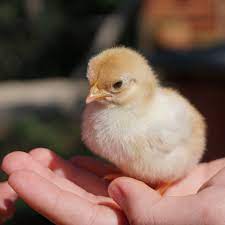
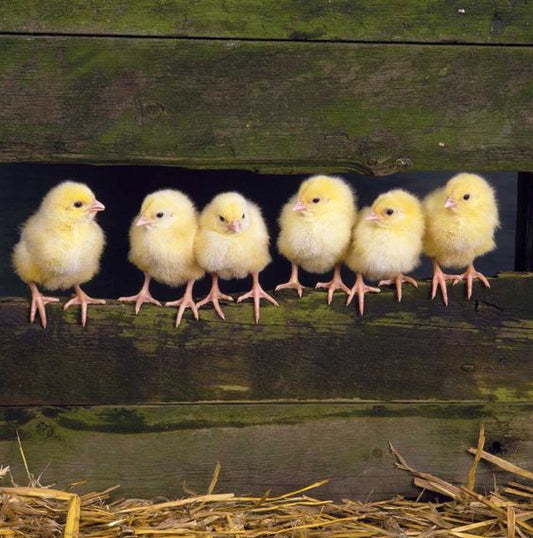


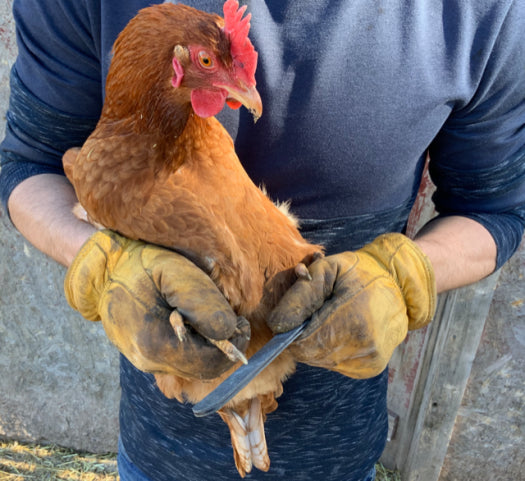



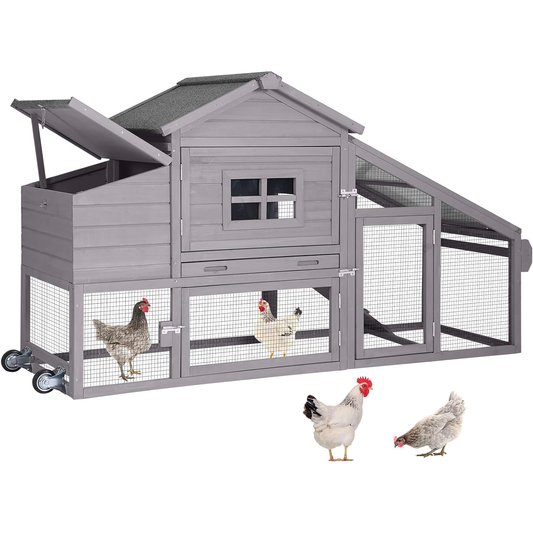

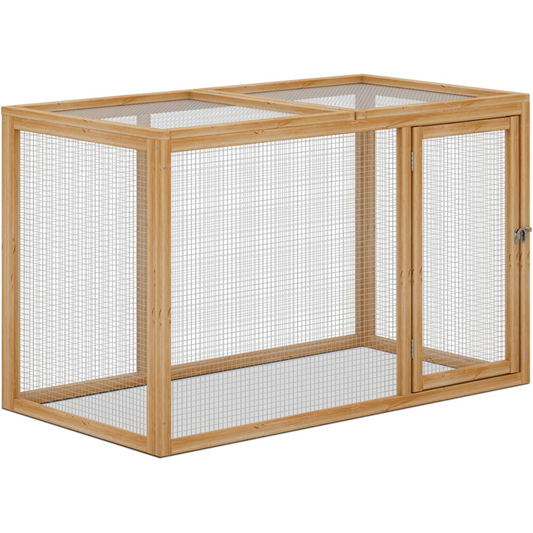

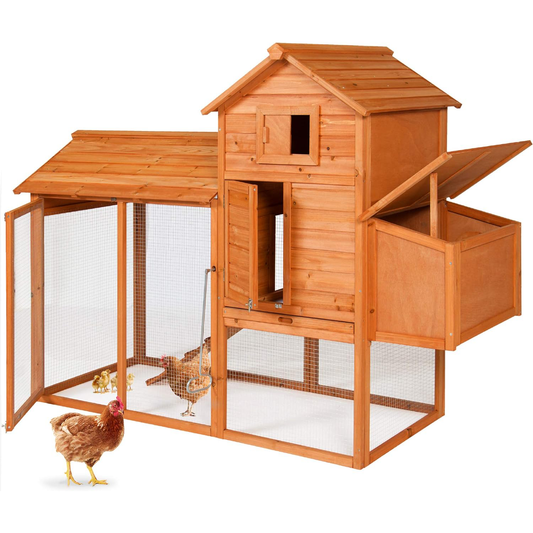
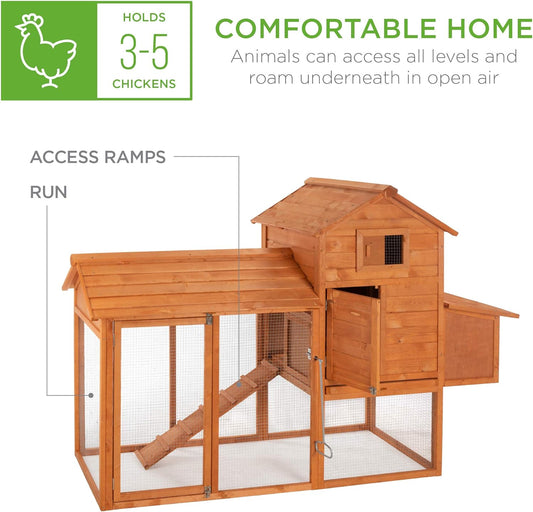
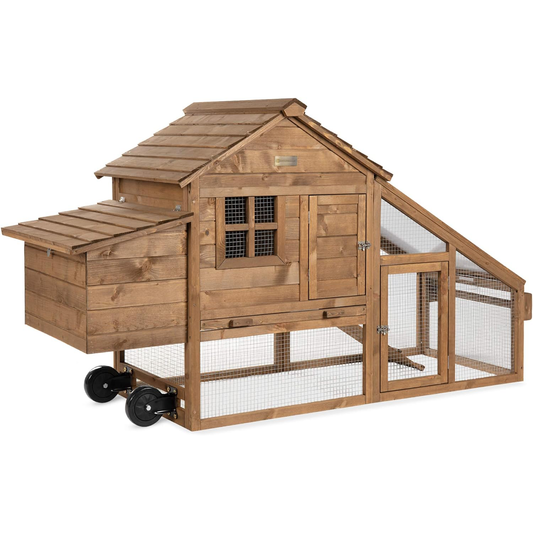




0 comments